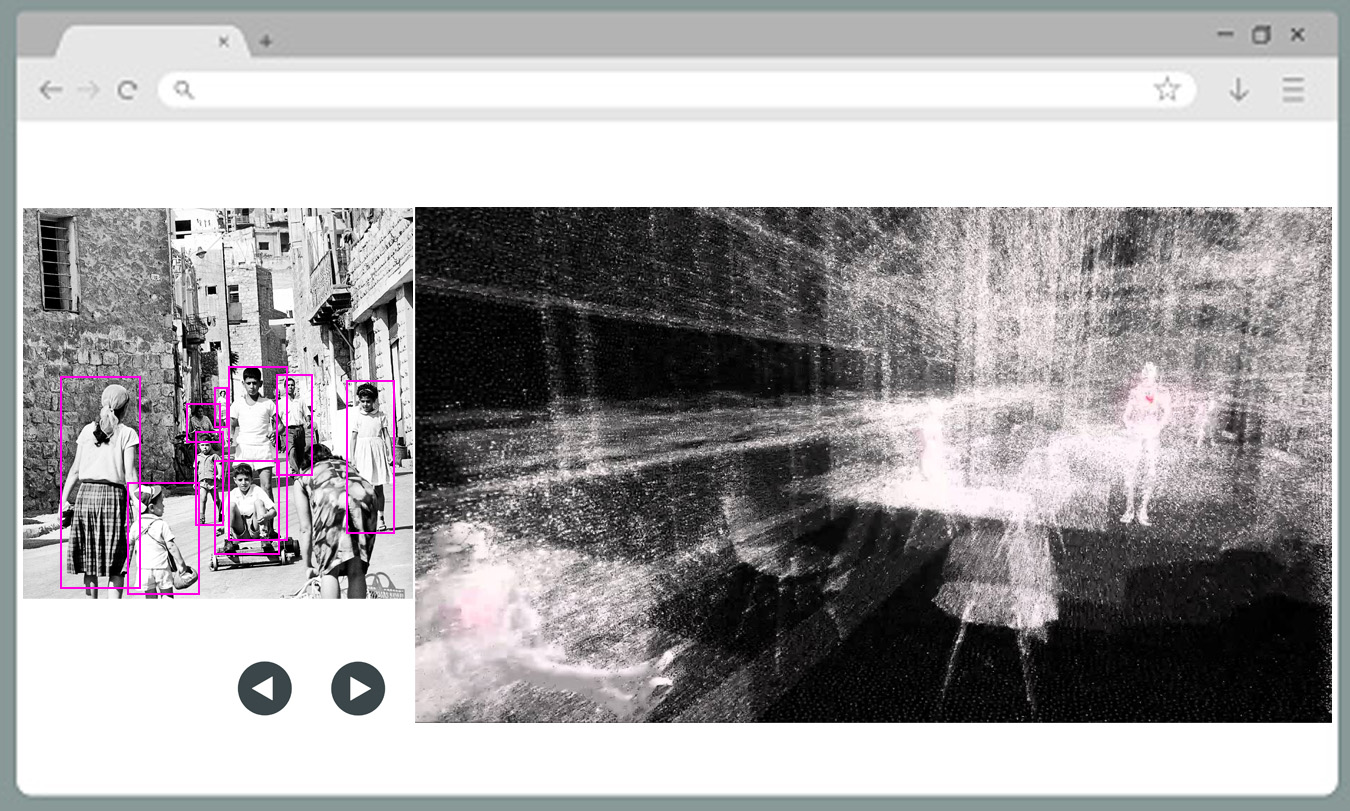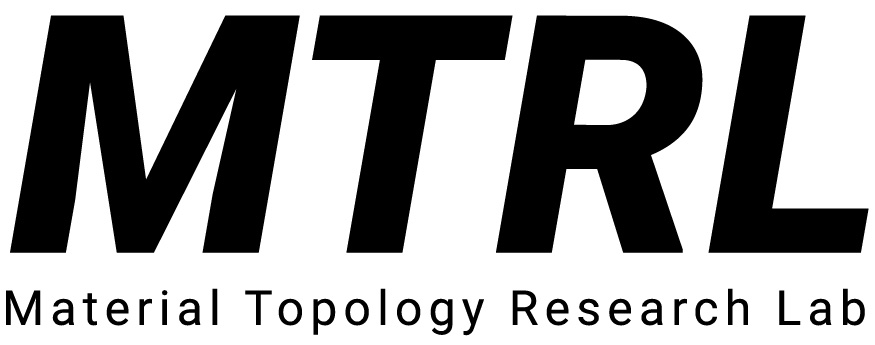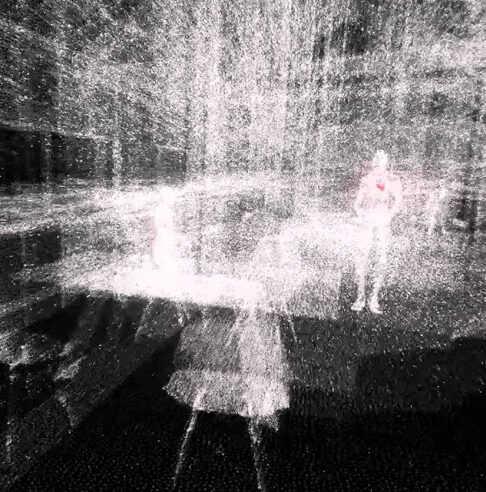The Quasi Tangible: Augmenting Contested Sites’ Multiple Pasts

Contested cultural heritage sites comprise myriad representations. Produced over time, through various media, and by different stakeholders, these amount to an unstable and continuously reproduced layered and sometimes clashing temporalities and spatial markers. In sites of conflict, the weight of clashing heritage empowers and often inflames dichotomies inherent to heritage sites, such as tangible and intangible heritage or authentic and artificial heritage. Moving away from such dichotomies, this research investigates a kind of quasi-tangible heritage, which involves the active interpretation and participation of a subject who is positioned to take part in the making of heritage. Employing digital and computational methods, the research aims to capture the various relations within heritage epistemology, including the site’s physical materiality, a history of archival materials mediating the site, as well as an active perceiver. With this, the project aims to produce an always-evolving virtual environment, one that is responsive to new data, perspectives, new insights into the continuous process of creating complex assemblages of tangible and intangible heritage.
Methodologically, the project seeks to develop a novel computer-generated virtual environment that would examine notions of heritage through a sequence of experiments. In each of these, digital techniques will be used to integrate three disciplines that are entangled in the praxis of making heritage: historiography, archaeology, and preservation. Three experiments will explore a quasi-tangible production of heritage through the concepts and practice of collecting, structuring data, and the design of an immersive and interactive interface. Additionally, this research will critically examine the life-cycle of the information gathered and develop its curation strategies. The project will evaluate the possibilities of modes of participation in making a virtual heritage environment while maintaining the materials’ validity.
Exploring the simultaneous representations of different, often competing histories, the research critically examines authenticity and historical truth. In this framework, material and archival evidence is brought into engagement, tracing spatial narratives and paths through which arguments about the investigated site are made. The proposed methodology aims to produce a virtual heritage environment that is continuously evolving, and by this, introduce new approaches to questions revolving around the concept of heritage.
Research Team:
Associate Professor Aaron Sprecher
Associate Professor Alona Nitzan Shiftan


